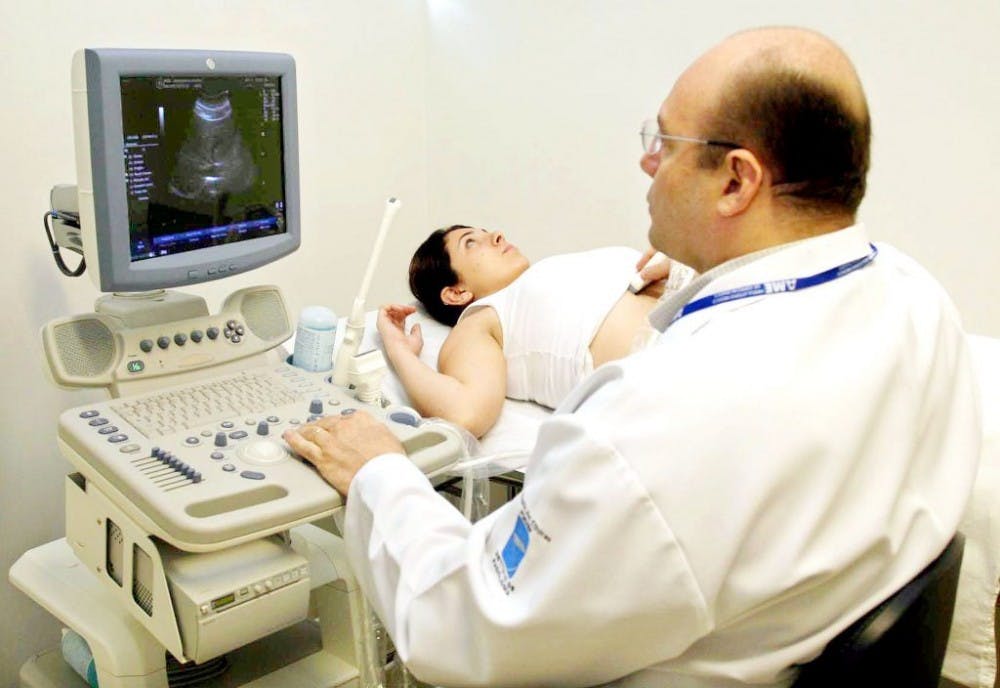Results published in the journal Autism Research by researchers from the University of Washington (UW) School of Medicine, University of Washington Bothell and Seattle Children’s Research Institute found that for children with autism, exposure to diagnostic ultrasound during the first trimester of pregnancy increased the severity of their autism symptoms.
Autism spectrum disorder (ASD) and autism are both general terms for a group of complex disorders in brain development. These disorders primarily lead to difficulties in social interaction, verbal and non-verbal communication and repetitive behavior. Autism has its roots in early brain development, and symptoms generally tend to appear between ages two and three. Statistics from the U.S. Centers for Disease Control and Prevention indicate that one in 68 American children are on the autism spectrum — a ten-fold increase in prevalence over the past 40 years.
Only in the past decade has research on autism made great strides in elucidating the key causes and factors associated with autism. The general consensus is that both genetic factors, such as autism-risk genes, and environmental factors play a strong role in a child’s risk.
One of the most striking aspects of ASDs is almost every child affected has a unique set of symptoms, from severe social disabilities to extraordinary intellectual abilities. In the current study published on Sept. 1, researchers focused on this variability in symptoms among autistic children rather than what causes autism.
“There has been a real struggle in why there are so many kids with autism,” lead author Sara Webb, UW Medicine researcher in psychiatry and behavioral sciences, said, according to UW’s NewsBeat. “Where does this disorder develop from? How do kids get autism? And the second question is why are kids with autism so different from each other? This study really looks at the second question. Within kids with autism, what are some of the factors that may result in a child having a good outcome or higher IQ or better language or less severity versus a child who maybe takes more of a hit and continues to struggle throughout their lifespan?”
The researchers analyzed data from the Simons Simplex Collection autism genetic repository, which contains data from 2,644 families from 12 research sites across the nation.
The team found that exposure to diagnostic ultrasound in the first trimester is linked to more severe autism symptoms. The greatest link is among kids with certain genetic variations associated with autism; Seven percent of the children in the study had those variations. The team used a three-part model to approach their work.
The first part focuses on understanding genetic risk in kids. The second part of the model focuses on external conditions, or stressors, that contribute to autism risk. The final part focuses on the timing of the external stressors. While a number of outside stressors have been researched for their potential effects on autism, one stressor that all children usually encounter during their critical period of brain development in the womb is ultrasound.
In an earlier study, corresponding author Pierre Mourad, a UW professor of neurological surgery, and co-authors Sara Webb, Abbi McClintic and Bryan King, published data in Autism Research in 2014 that showed that mice exposure to ultrasound radiation in the uterus caused them to later exhibit autistic behavior. The work presented in the current study was inspired by these observations.
Mourad and his team now hope more closely to examine ultrasound’s effects on children in the womb and the possibility that ultrasound radiation may not just produce more severe autism symptoms but may also contribute to causing autism.





